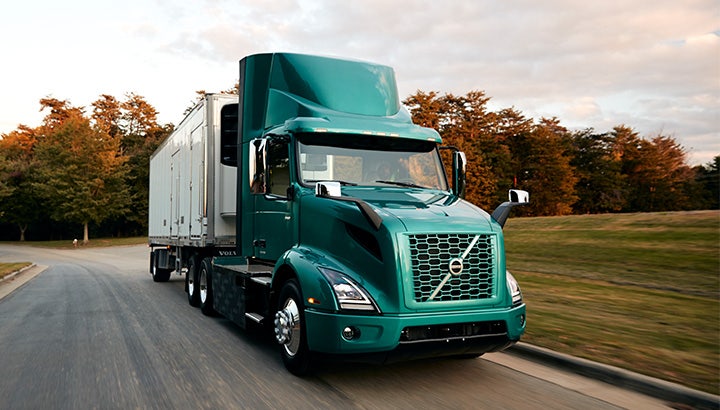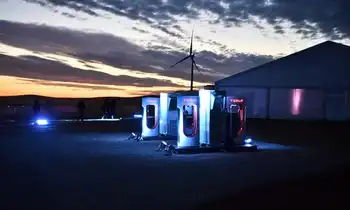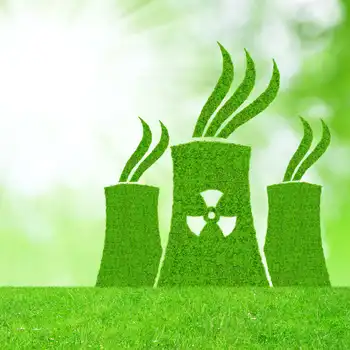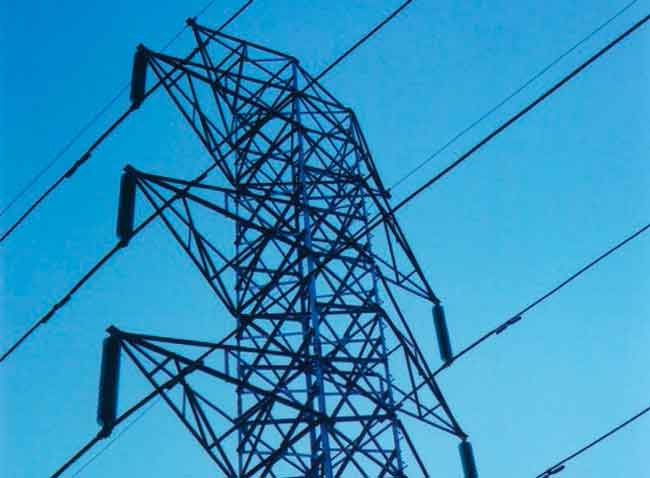India eyes 60,000 MW of nuclear by 2035
Nuclear power would then account for 10% of the total installed power-generating capacity in the country.
In a recent interview with Nature magazine, Banerjee said that the country is planning a major expansion of its nuclear power-generating capacity, which is currently 4,700 MW from 18 reactors, to meet rapidly increasing energy demands. During this period, India plans to add eight to 10 pressurized heavy water reactors (PHWRs) of 700 MW each fuelled by natural uranium, several fast-breeder reactors (FBRs) fuelled by plutonium-based fuel, as well as an advanced heavy-water reactor (AHWR) based on thorium fuel.
All of these reactors would be designed in India.
In addition, the country will develop light-water reactors (LWRs), each with a capacity of 1,000 to 1,650 MW, in technical collaboration with foreign vendors. The LWRs will be set up in nuclear parks on the coastal regions of Andhra Pradesh, Gujarat, Maharashtra, Tamil Nadu, and West Bengal. Banerjee also said that stable underground geological sites are being identified for long-term storage of nuclear waste.
Although the country is pursuing an ambitious target of 60,000 MW of installed nuclear power generation capacity by 2035, its established reserves of uranium can accommodate an expansion of up to only 10,000 MW. According to Jagdeep Ghai, the finance director of state-owned Nuclear Power Corporation of India Limited (NPCIL), India's requirement for uranium would increase 10-fold by 2020 amounting to 8,000 tons per year. Banerjee said that the country is scouting for additional domestic reserves of fuel.
The Tummallapalli mine in Andhra Pradesh had been estimated to contain 50,000 tons of uranium reserves, but recent estimates indicate a three-fold increase in reserves. India is also tapping into international markets through civilian nuclear cooperation deals that have so far been signed with eight countries: Argentina, France, Russia, the U.S., Canada, Mongolia, Kazakhstan and Namibia. India also has placed a purchase order for uranium with Kazakhstan. NPCIL is looking to acquire stakes in uranium mines in Namibia.
India is also adopting the closed-fuel cycle option, under which it can process spent fuel to recover plutonium for further use in FBRs for power generation. It also owns nearly 25% of the world's thorium deposits, and is planning to develop an AHWR to explore the thorium fuel cycle.
In September last year, Anil Kakodkar, erstwhile the chairman of AEC, announced that India has designed a new model of the AHWR, which uses low-enriched uranium (LEU) along with thorium as fuel. About 67% of the energy output from an AHWR comes from the fission of uranium-233, which itself is produced through collision of uranium neutrons with thorium. Banerjee said that India needs to focus on large-scale conversion of thorium into uranium-233, which is a fissile material, for nuclear power generation.
The KAMINI reactor, operational at the Indira Gandhi Center for Atomic Research (IGCAR), was the world's first reactor designed for operations based on uranium-233 as fuel.
NPCIL has so far built PHWRs of 220 MW and 540 MW. The first indigenous PHWRs of 700 MW are being set up at Kakrapar in Gujarat. Construction of the two units is expected to be completed within six years. The central government has sanctioned the development of two more indigenous PHWRs of 770 MW each at Rawatbhatta in Rajasthan to form the seventh and eighth units of the Rajasthan atomic power station.
Construction of the two units is scheduled to begin in mid-2010.
India's indigenously developed 13-MW fast-breeder test reactor at IGCAR currently operates on a fuel mix of uranium and plutonium. A 500-MW prototype FBR, which will utilize plutonium and depleted uranium from PHWRs, is expected to be commissioned by the end of this year.
Related News
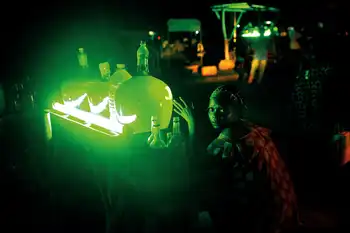
Sub-Saharan Africa has a huge electricity problem - but with challenge comes opportunity
PORTO NOVO - Sub-Saharan Africa has an electricity problem. While the world as a whole has made great strides when it comes to providing access to electricity (the world average is now 90 per cent with access, up from 83 per cent in 2010), southern and western African states still lag far behind.
According to Tracking SDG7: The Energy Progress Report, produced by a consortium of organisations including the World Bank, the International Energy Agency and the World Health Organization, 759 million people were without electricity in 2019 and threequarters of them were based in sub-Saharan Africa. At just seven per…


